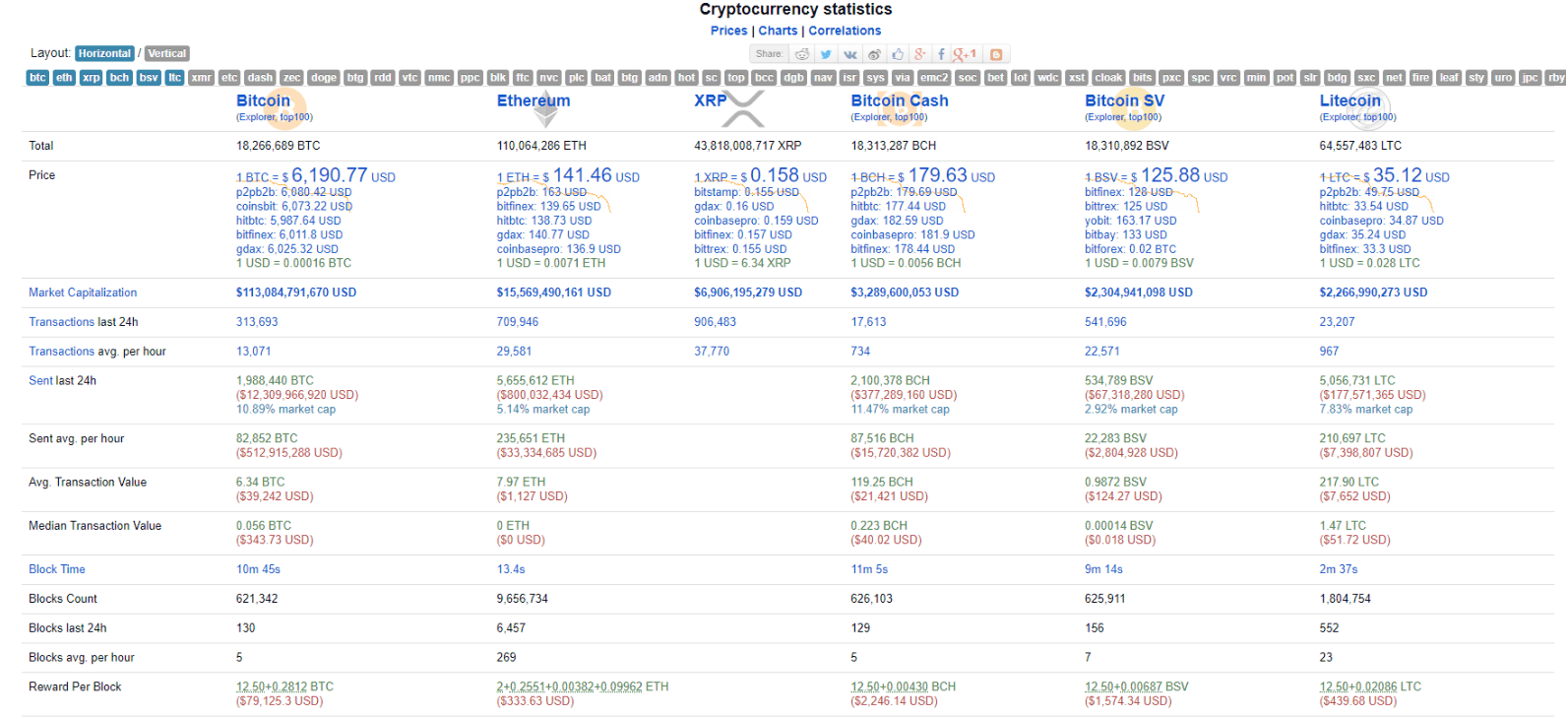Bitcoin Transaction: 2 Working Ways to Speed Up and Test

People new to the cryptocurrency industry often ask how Bitcoin transactions go, what it is, and how to verify the fact of sending digital coins. Below we will provide a step-by-step guide for beginners and tips from experts of the Bitcoin industry.
What is a Bitcoin transaction?
A bitcoin transaction is a transaction of transferring funds between two wallets with the obligatory record of information in the blockchain and verification of the transfer from other participants. Transactions in the Bitcoin network are open to all users, which allows you to check them for the fact of validity, speed, amount and size of the commission. The identity of the owner of the Bitcoin wallet remains unknown, which ensures the confidentiality of the operation.

All transactions are recorded in the blockchain and fill in blocks, each of which is created every 10 minutes. Financial transactions in the Bitcoin network occur thanks to miners and cloud services. Network members use equipment with a large hash rate to find the necessary hash and secure payments. A Bitcoin transaction is considered successful after six verifications.
Transferring cryptocurrency between Bitcoin wallets takes place in several stages:
- The sender opens a Bitcoin wallet and indicates the address of the recipient.
- After filling in the amount, he sets the network commission. The higher this parameter, the higher the priority, and the faster the translation will go.
- A person sends funds and awaits verification.
On average, a transfer takes from 20 to 60 minutes. With a large network load and a small commission, the time will be longer.
Operating principle
When considering the features of Bitcoin transactions, it is important to understand the principle of their implementation. A person should understand that cryptocurrency is not sent anywhere. It is transferred from one Bitcoin wallet to another. Information about the transaction is recorded in the block of the chain. The transferred money is not available for use by the sender.
Sender information is not available during the transaction. Participants see a set of numbers and letters indicating the name of the wallet. You cannot attach a Bitcoin wallet to documents. Technically, a Bitcoin transaction takes place in several stages:
- The transaction. The BTC owner decides to send the coins to another user and lists them according to the above algorithm.
- The verification. The transaction falls into the block, which after creation is sent to all participants for verification.
- If there are no errors, the block is verified and is added to the common chain.
- The money goes to the recipient’s Bitcoin wallet.
After completing the abovementioned steps, the sender only waits for verification, which may be delayed.
Speed
Transaction time is a volatile parameter, depending on many factors. The activity of the operation is affected by:
- The number of transactions carried out in a particular period. In recent years, the number of transfers has grown hundreds of times. At the beginning of 2020, the parameter is in the range from 300 to 350 thousand transactions per day. High loads can cause delays.

2. The average commission on the Bitcoin network at the time of writing is 60-70 cents per transaction. If the sender sets a smaller parameter, the transaction is postponed. The priority is given to transactions that are more “expensive.” To avoid such consequences, it is recommended to set the commission slightly above average.
3. Network load. During periods of sharp jumps in the exchange rate, network participants carry out many transactions, which leads to delays in block verification.
If a Bitcoin transaction freezes, it cannot be canceled, but it can be accelerated. To make a decision, you need to look at the status of the transaction (see below).
The advantages of Bitcoin transfers in comparison with banking operations imply a high transaction speed, minimal commission, no risk of errors and decentralization.
How to check Bitcoin transaction status
There are two types of transactions with Bitcoin — verified and non-verified. In the first case, information about the transaction has already been recorded in the block and has passed validation, and in the second, it is in a suspended state. If the transaction freezes, you need to know how to check the Bitcoin transaction and make sure there are no errors.
Several resources on the Web allow you to specify the status of the transaction. They do not require registration and allow you to see the necessary information if you have the minimum amount of data on hand.
As an example, let’s consider the verification process for the Blockchain service. The algorithm of actions is as follows:
- Go to blockchain.com/explorer.
- Enter the transaction number (TXID). It allows you to track transaction parameters in the system. Many people confuse the wallet ID with its address, but these are different indicators. The only purpose of TXID is to help you find the necessary transaction.
- Click on the Search button.

The system shows the number of confirmations, difficulty, bits, weight, size, transaction volume (the number of bitcoins sent) and other data. The commission and reward for the block are also registered here. If the system does not find the specified operation, this indicates a data-entry error or the absence of such a transaction at all. If desired, you can check the Bitcoin transaction on another site. The difference is only in design, but the general principle is unchanged.
An alternative service is sochain.com. Enter the wallet address, block or transaction number in the empty column, and then click on the search button. As in the previous case, the site gives out everything that was done on the transaction — number, amount, verification, etc. If desired, you can make a Bitcoin wallet on this service and control the rates of various cryptocurrencies.

If a Bitcoin transaction check shows that the transaction has frozen, use one of the following methods:
- Use a transaction accelerator that allows you to “push through” the operation on the network. You must specify the operation ID and enter captcha, after which the operation is added to the queue.
- “A child pays for the parent.” Its essence is to increase the commission at a level above the average. In this case, an unconfirmed transfer is sent to another wallet.
- Commission Replacement. In this case, it is necessary to send coins again, but with a larger commission. Today, this feature is provided in many wallets due to frequent delays in transfers.
If there is no great urgency in the operation, you must wait for its processing by the miners and do not panic. The transaction will still be routed, albeit with a slight delay in time.
Summary
Bitcoin transfer is a computing process in the blockchain aimed at replacing the owner of a certain amount of cryptocurrency after verification of a block with transaction information. Due to the transparency of the cryptocurrency network, each user can verify the transaction and the validity (legality) of any of the transactions in the cryptocurrency network.
Now you can safely earn Bitcoin using cloud services, accumulate coins on your wallet, withdraw them or transfer them to wallets for other users. Knowing the features of the transfer, you can avoid delays and always be sure of the timeliness of transactions in the cryptocurrency network.

